If you actually sit there and tally up the Mercedes-Benz SUV line-up, it counts no less than six models, including the GLA, GLS, EQC, G-Class, GLE and GLC – and that’s not even counting the Coupe versions of the latter two.
Apparently, that isn’t enough, though, as the German brand now has a box-fresh SUV on the market in the form of the GLB.
But what is it and how does it stand out from the rest of the high riders wearing a Mercedes badge?
First of all, the GLB is classed as a medium SUV, despite being based on the same MFA2 architecture as Mercedes’ small cars such as the A-Class, B-Class, CLA and GLA.

Carving out its niche though, the GLB boasts seven seats to stand apart from the GLA and GLC, as well as a more boxy, upright design akin to the G-Class.
Think of it then, as a jacked-up (and more attractive, to our eye at least) version of the B-Class tallboy hatchback, marrying a premium interior with practical sizing.
Three versions of the GLB are available in Australia, the GLB 200 for $59,900 before on-road costs, the GLB 250 for $73,900 and the AMG-tuned GLB 35 for $88,900.
We’ve snagged the keys to the mid-tier 250 for the next three months, which we’ll be using as our family runabout to see if this is all the car you could ever need.
Powering the 250 is a 2.0-litre turbo-petrol engine, outputting a sizeable 165kW/350Nm to all four wheels via an eight-speed dual-clutch automatic transmission.

If that sounds familiar, its because the same engine and transmission combo that is found in the A 250 and CLA 250.
When slotted under the boxy body of the GLB, the 2.0-litre engine will propel the SUV from zero to 100km/h in a brisk 6.9 seconds, which is plenty fast for a family SUV.
The DCT is buttery smooth, even at slow speeds and putting the car into reverse, often a bugbear of other dual-clutch set-ups.
With plenty of performance on tap, coming away at the lights and overtaking at freeway speeds are both effortless and enjoyable in the GLB 250, not a trait you’d often associate with a family SUV.

But punchy performance is often a bonus to those looking for a family hauler, with the key criteria being practicality and safety – two fronts where the Mercedes-Benz GLB doesn’t disappoint.
In the former category, the GLB is a bit of an oddity as the only premium mid-size seven-seat SUV available in Australia.
It’s good value, too (even in mid-tier GLB 250 form), as the entry-point to the GLC range is only $3600 cheaper than our test car and has a less potent engine, is only rear-wheel drive and doesn’t afford the flexibility of seven seats.
Measuring 4639mm long, 1834mm wide, 1659mm tall and with a 2829mm wheelbase, the GLB is only slightly shorter and narrower than its GLC sibling (by 30mm and 56mm respectively), but boasts a larger boot space (when in five-seat mode) thanks to the upright, boxy design.
For those keeping score, the GLB will swallow 565 litres in the rear, while the GLC will take 550L.
In real world terms, the GLB will easily accommodate a full-sized pram and bassinet with enough room to easily wiggle in a nappy bag, some groceries and extra paraphernalia.
Sure, the boot will probably only take a few bags of groceries with all seats in place, but the flexibility and versatility of the GLB to grow with your family’s needs is not only appreciated, it’s impressive.
The front seat room is excellent thanks to the light, airy and open cabin, while storage solutions abound in the door pockets, centre storage cubby, glove box and cupholders.
Even with a rear-facing child seat mounted behind the front passenger seat, the GLB's long cabin allows plenty of room for someone of X height. There are plenty of bigger SUVs that can't manage this.
The second row also offers ample room for adults sitting in any position, and easily accommodates a rear-facing baby seat with plenty of space left for the front occupant.
Also found in the second row are vents for air conditioning, storage nets in the back of the front seats and generous door pockets.
However, it’s in the third row where the GLB really shines.
Mercedes says the third-row seats are spacious enough to accommodate passengers up to 168cm (5'5") tall, and at 186cm (6'1"), I was dubious that I'd feel like anything other than a pretzel back there.
We’re happy to report then, that it’s perfectly adequate in seats six and seven of the GLB, even for my frame.

Sure, you won’t want to be there for any extended periods of time, but for anyone under the legal drinking age, the third-row will be fine.
You can just picture how useful the third row is going to be when picking up/dropping off kids and their friends to/from school/sports events, while the fold completely flat when not needed.
Amenities found in the third row only include a USB-C charging port for each passenger, though, and the seven-seat layout means there is no spare wheel to speak of, so you'll need to keep that in mind on long road trips.
As mentioned before, safety is also an area where Mercedes has stacked the deck in the GLB.
Wearing a maximum five-star ANCAP safety rating, the GLB’s high points are in the adult occupant and child occupant protection tests, notching scores of 92 and 88 per cent respectively.
The GLB’s enviable safety credentials are also in part to its wide assortment of advanced driver assistance systems that come standard, and include autonomous emergency braking (AEB), adaptive cruise control, blind-spot monitoring, traffic sign recognition and lane-keep assist.
However, we’ll dig a bit more into how these safety systems fare in real-world testing, as well as all the cutting-edge tech including in the GLB in our next review.
For now though, after just one month of ‘ownership’ the GLB has already become one of the best SUVs for small and growing families looking for that blend of practicality and panache.
Acquired: November, 2020
Distance travelled this month: 624km
Odometer: 1620km
Average fuel consumption this month: 14.3L/100km (measured at the pump)



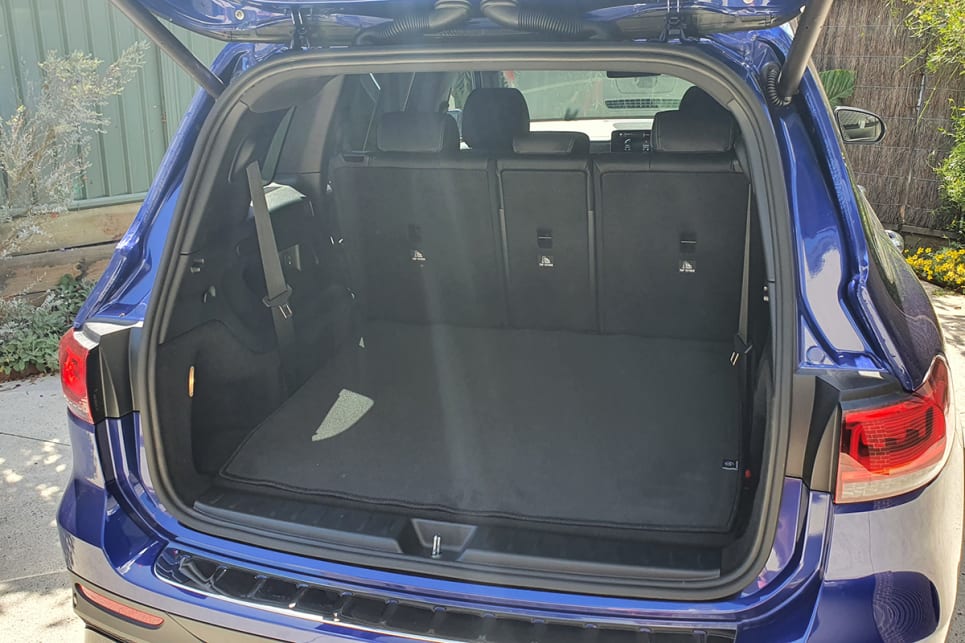
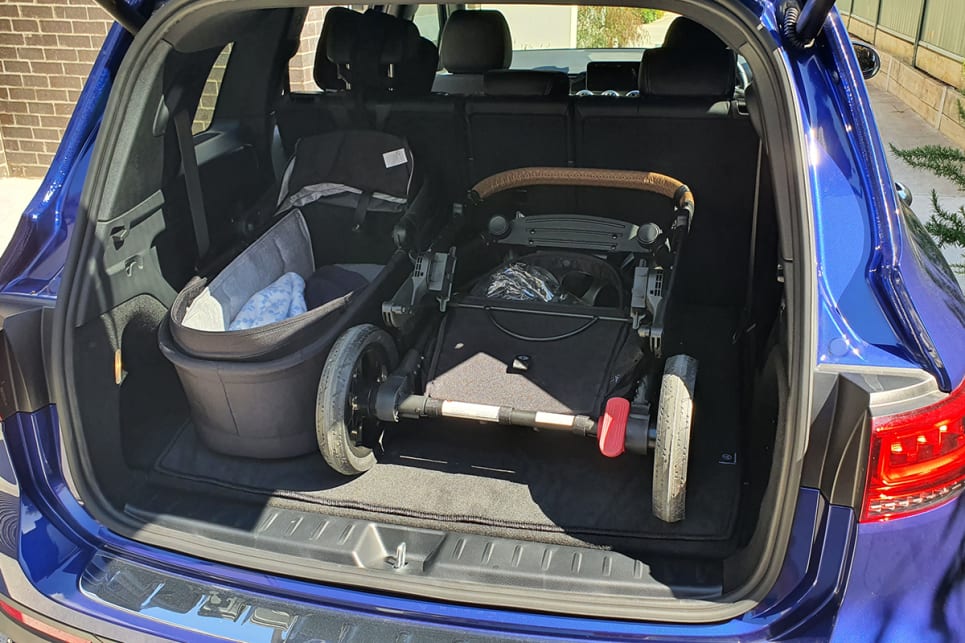
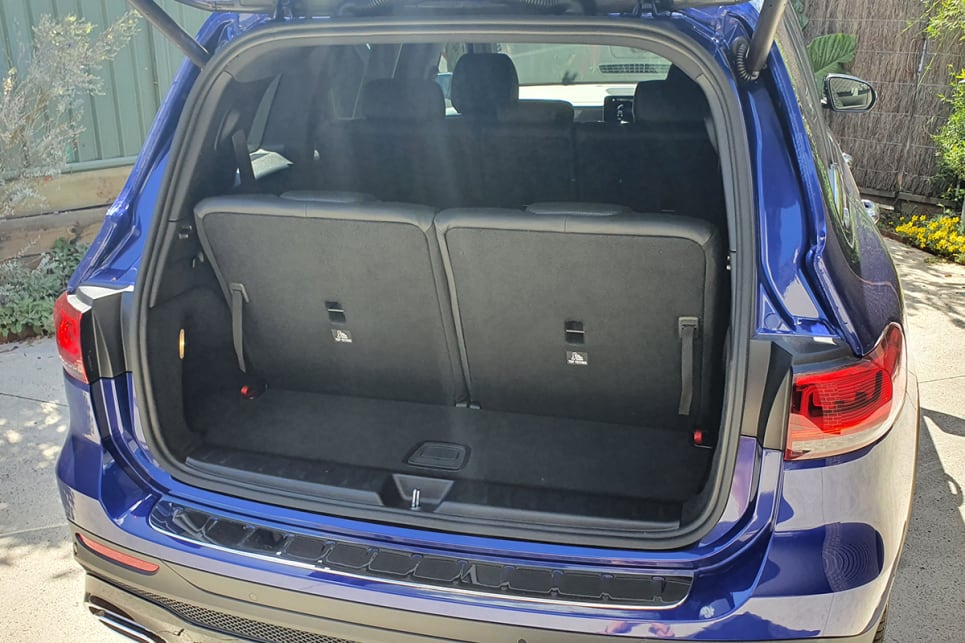
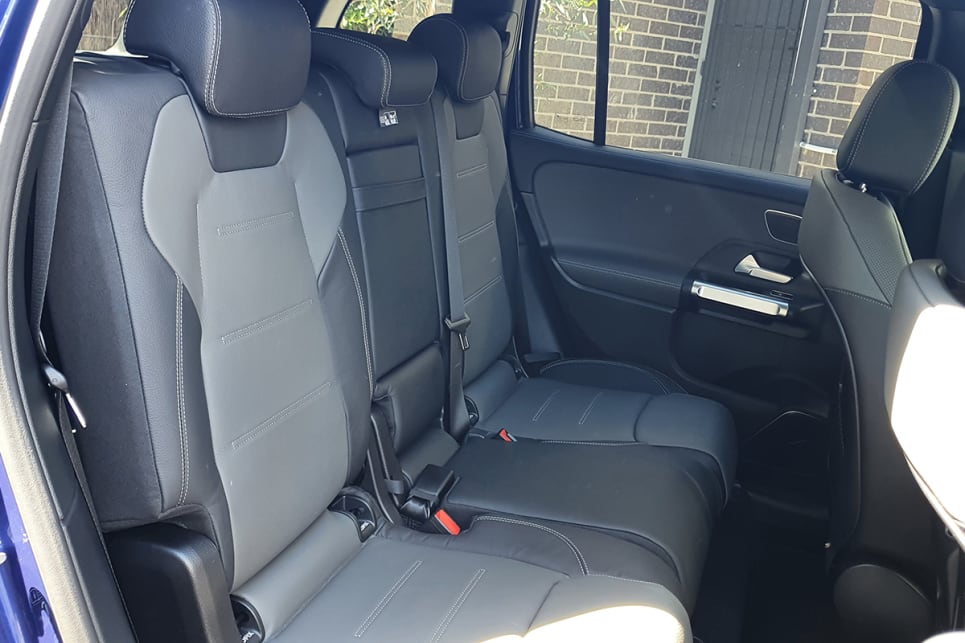
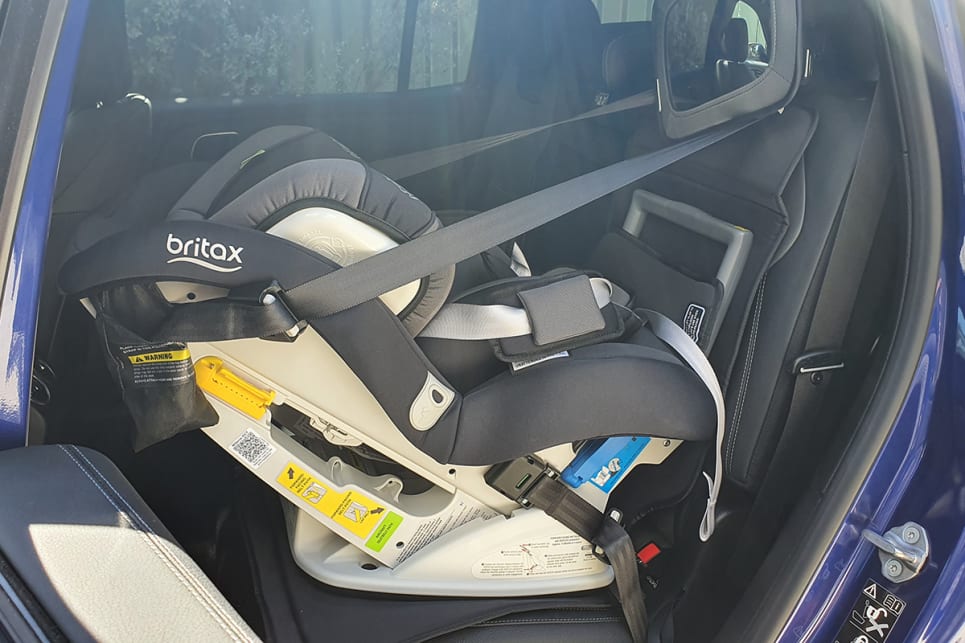












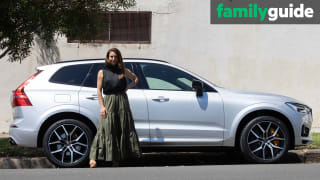
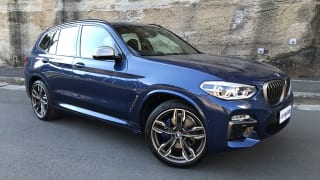


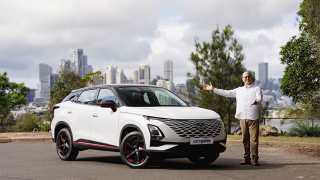

 Lexus NX250
Lexus NX250